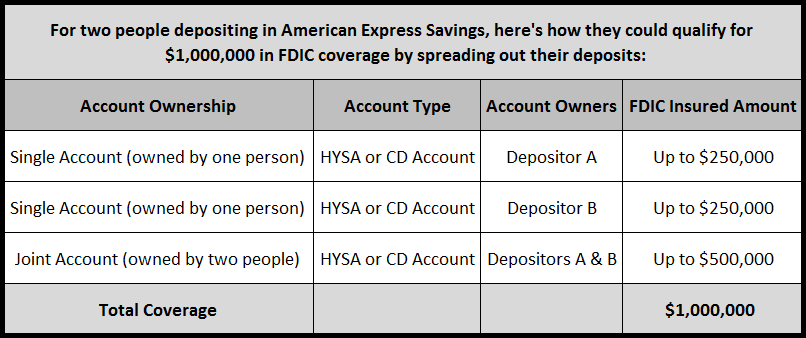
Finding publicly available maps required “quite a bit of internet sleuthing and detective work,” Thistlethwaite said. A few years ago, it did a study where it “played the role of the average Canadian, trying to find information on flood risk to their property,” he said. Thistlethwaite is associate director of the research group Partners for Action, which aims to bring accessible flood prevention information to the public. In most of the country, he said, floodmaps are outdated, confusing and hard for non-professionals to find. And if a diligent buyer wanted to know the chance their dream home could go under water, it’s difficult to get a clear answer, said Jason Thistlethwaite, an associate professor in the school of environment, enterprise and development at the University of Waterloo. Right now, no province or territory requires real estate sellers - whether developers or individuals - to provide flood risk information. First, just who should pay if environmentally unsound development causes floods? Second, have Canadian governments decided the answer to that question is individuals, even if we don’t have the information or power to protect ourselves? Feds plan to make Canadians more aware of flood risk - and more responsible for recovery costs The one bit of assistance that the feds will hopefully be able to offer by 2030 is helping me get re-insured, because claiming these damages will raise my premiums, perhaps so high I can’t afford them.Īt the end of the carousel ride, I land on two questions. The provincial government says it killed those fees because federal population targets left no choice but to accelerate housing construction by any means necessary.Īnd the federal government says I shouldn’t be living so close to the river, even if a dramatic increase in low-density development paved over many of the spaces that used to absorb water when I first moved in.

The municipal governments say they can’t afford to spend more money on stormwater management or environmental planning because the province eliminated the development charges they once used to fund those things. Two big reasons are that the city I live in can’t adequately handle stormwater, and a town an hour away built houses on former farmland. It goes like this: it’s 2030, there’s a giant storm, and my basement fills up after the river overflows. My mind has ridden a merry-go-round since I realized just how far the effects of environmentally short-sighted development could reach. Photo: Essex Region Conservation Authority / Flickr Windsor-Essex is Ontario’s most flood-prone region, with the insurance premiums to prove it. Flooding along western Lake Erie in 2018.

A few years from now, water that’s no longer absorbed over there could start the chain reaction that fills my river up to the last drop, after which it flows into my house. But it’s not my choice to pave over land two hours away.

#Flic insurance full
Which is a tricky proposition: sure, I spent thousands fixing up my basement knowing full well I live a kilometre away from a river that often spills over in spring. Its plan is to make Canadians more aware of their individual flood risk - and then get them to shoulder more individual responsibility.

At the same time, the federal government is working hard to cut its ballooning disaster aid budget, which largely goes to the aftermath of floods. For months now, the provincial government has been making big changes to development processes - changes conservationists say are weakening oversight over flood risk.


 0 kommentar(er)
0 kommentar(er)
